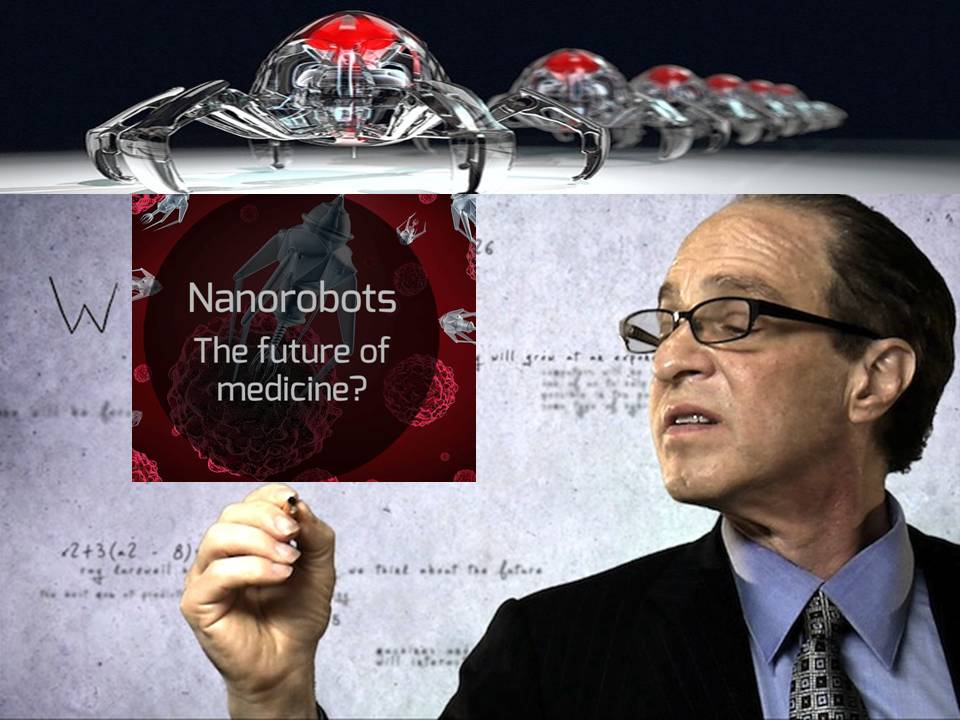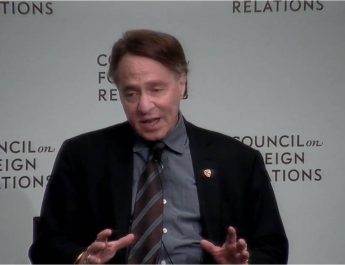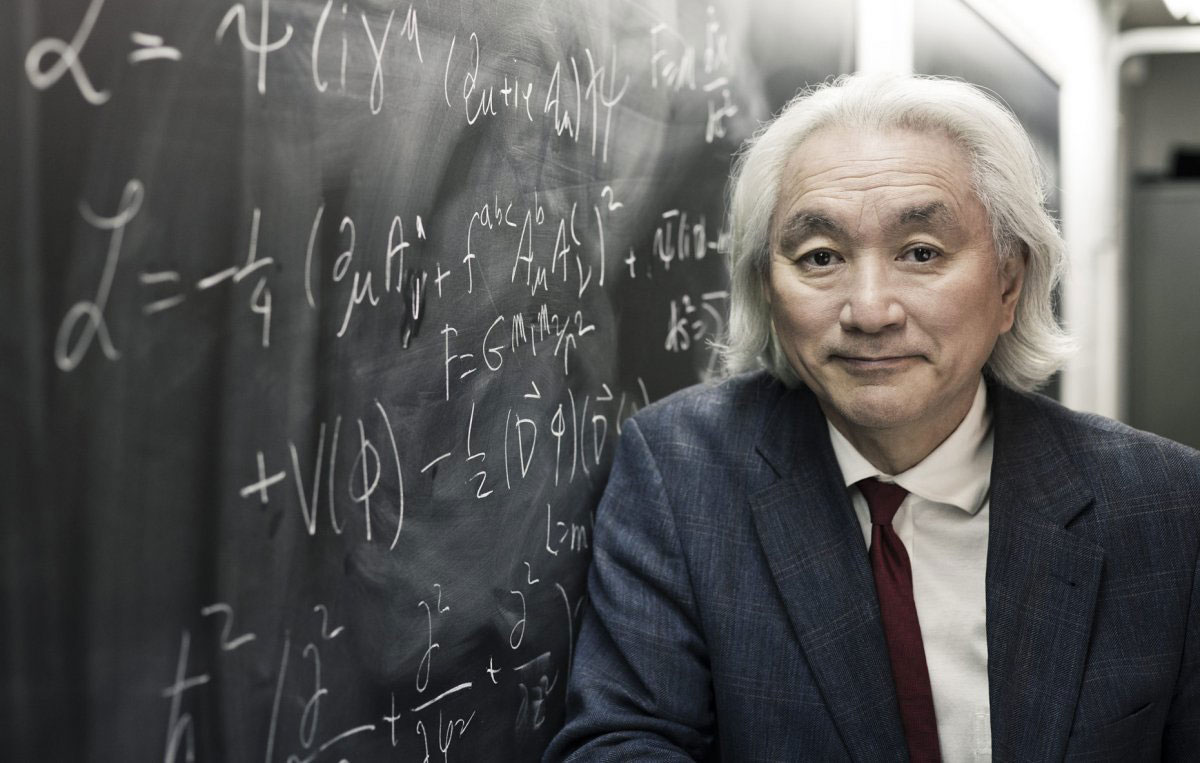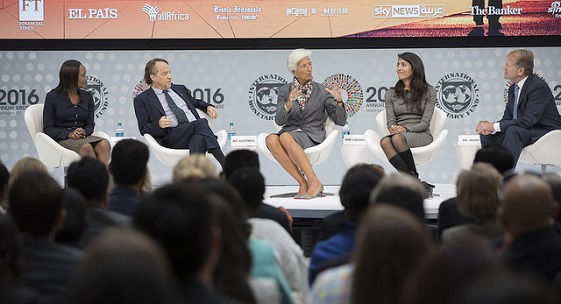Ray Kurzweil predicts a revolution in health & medicine due to biotechnology breakthroughs.
James Bedsole interviewed Ray Kurzweil, one of the world’s leading minds on artificial intelligence, technology, and futurism, in his Google office in Mountain View, CA, February 15, 2017.
James Bedsole: How will health & medicine be transformed by the biotechnology revolution?
Ray Kurzweil: There’s a phenomenon that people are not aware of which is the exponential progression of information technology outside of these devices are carrying around. For example, health and medicine are going to be transformed by biotechnology which is applying the exponential progression of information technology to biology. The enabling factor for that was the genome project that was a perfect exponential.
That’s now beginning to influence clinical practice. We’re starting to see profound new therapies created by reprogramming the outdated software of life. That’s a completely different methodology than health and medicine is used in the past. Health medicine has basically been hit-or-miss we can find things that happen to work we didn’t have the means of really reprogramming the software of life.
That is now becoming a reality and that’s an exponential progression. These technologies are now thousand times more powerful than they were when the general project was completed a decade ago or more than a decade ago. There’ll be another thousand times more powerful in ten years. It’s going to profoundly transform health and medicine.
But people use the linear models of the past. Yes, we’ve been making slow linear progress because of the methodology we use was hit or miss. It’s completely changing now. we Exponential’s look like.. Nothing is happening.. It’s very slow and then when you reach the knee of the curve, they kind of take off. We’re just approaching that now in health and medicine.
Looking at the linear progression of say life expectancy, over the last century is not a good indicator of what’s going to happen. Because we have this exponential progression. It’s about to descend on. This is going to be a tsunami of innovations in health and medicine. I call that the second bridge..
The third bridge is nanotechnology where we’ll go beyond the limitations of biology. The quintessential application there’s medical nanorobots that will extend our immune system. The immune system evolved 50,000 years ago when conditions were very different.
We can create a medical nanorobot that goes against all pathogens, also fixes problems with organs. Lots of diseases are metabolic diseases with a malfunction of our organs and what are all these organs do anyway; they basically put things in the bloodstream with the take things out the lungs put in oxygen, take out carbon dioxide. All these different hormonal organs like the pancreas put in, put out hormones like insulin.
Lots of diseases have to do with malfunctions in those processes. Another function of these medical nanorobots can be the monitor the bloodstream for optimal levels of all these substances and puts them in, take them out, augment even replace the function of all the organs. This is actually a very detailed scenario and designs for how to overcome every disease and aging process.
Once we have the enabling factor of these medical nanorobots. We know exactly how to create the medical nanorobots if we have the enabling factor of being able to do atomically precise manufacturing.
That’s coming.. We’ll have that by.. well… I’ve been saying that the early 2030s.. increasingly looking conservative, we may have it in the 2020s. But that’s the third bridge.. The second bridge is basically just reprogramming our biology by turning genes on, turning them off, reprogramming stem cells.. for example, grow new organs.. That’s actually being done now successfully in animals involved with a company where we’re growing lungs kidneys and hearts and installing them in animals and it’s coming to human embryo…
So there’s going to be very profound transformation such as medicine. 3D printing is going to print out all the physical things we need. We’ll be able to create food very inexpensively very high quality without chemicals using AI-controlled vertical agriculture. These revolutions are coming in every industry, We ultimately will be able to provide the physical needs of human life for everyone at very low cost.

Who is Raymond “Ray” Kurzweil?
Kurzweil is one of the world’s leading minds on artificial intelligence, technology, and futurism. He is the author of five national best-selling books, including “The Singularity is Near” and “How to Create a Mind.”
Raymond “Ray” Kurzweil is an American author, computer scientist, inventor and futurist. Aside from futurology, he is involved in fields such as optical character recognition (OCR), text-to-speech synthesis, speech recognition technology, and electronic keyboard instruments. He has written books on health, artificial intelligence (AI), transhumanism, the technological singularity, and futurism. Kurzweil is a public advocate for the futurist and transhumanist movements and gives public talks to share his optimistic outlook on life extension technologies and the future of nanotechnology, robotics, and biotechnology.
Kurzweil admits that he cared little for his health until age 35 when he was found to suffer from glucose intolerance, an early form of type II diabetes (a major risk factor for heart disease). Kurzweil then found a doctor (Terry Grossman, M.D.) who shares his non-conventional beliefs to develop an extreme regimen involving hundreds of pills, chemical intravenous treatments, red wine, and various other methods to attempt to live longer. Kurzweil was ingesting “250 supplements, eight to 10 glasses of alkaline water and 10 cups of green tea” every day and drinking several glasses of red wine a week in an effort to “reprogram” his biochemistry. Lately, he has cut down the number of supplement pills to 90.




